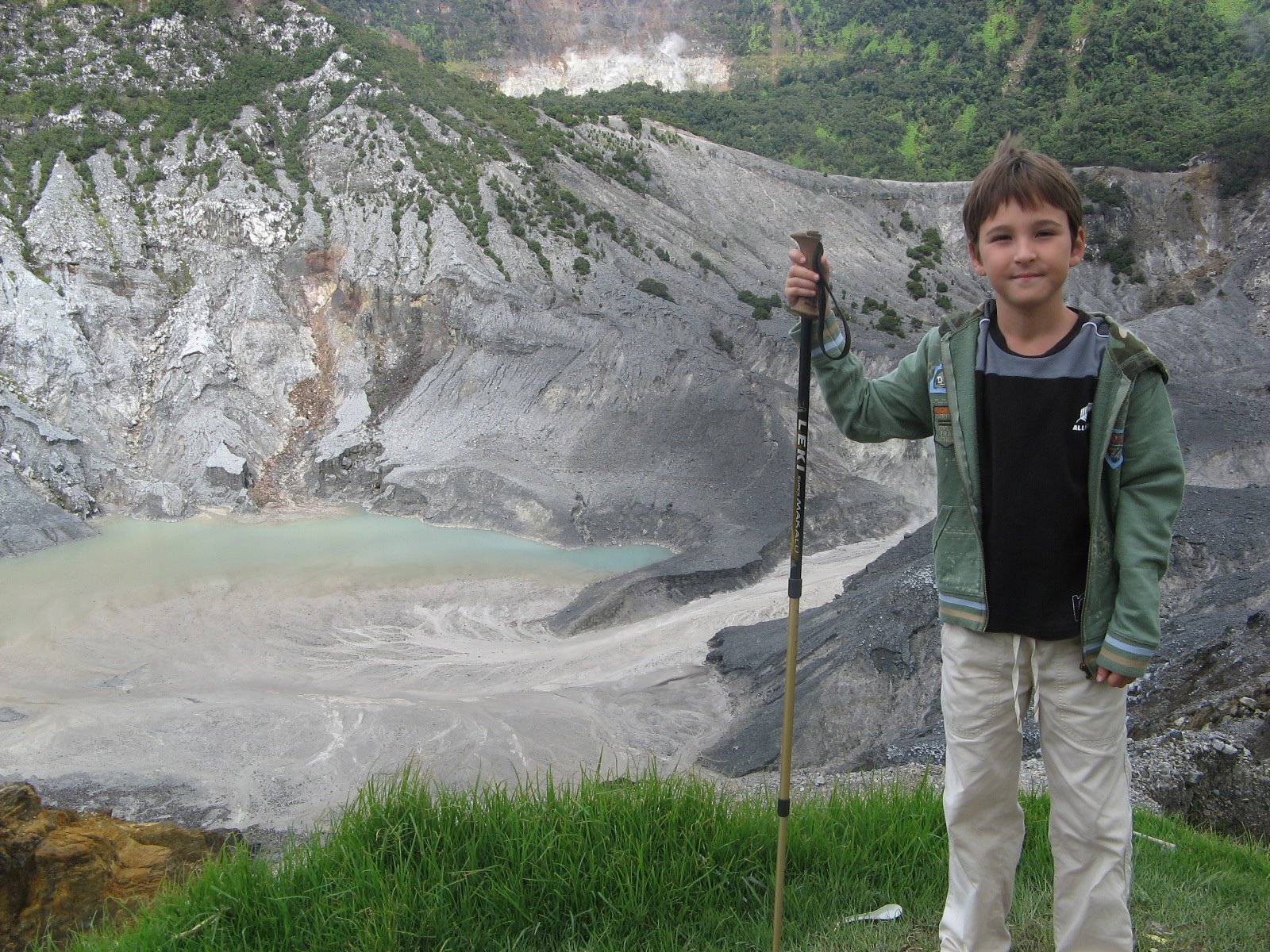Tuesday, June 19, 2007
Sharks
EvolutionA collection of fossilised shark teethThe fossil record of sharks extends back over 450 million years - before land vertebrates existed and before many plants had colonised the continents. The first sharks looked very different from modern sharks. The majority of the modern sharks can be traced back to around 100 million years ago.Mostly only the fossilized teeth of sharks are found, although often in large numbers. In some cases pieces of the internal skeleton or even complete fossilized sharks have been discovered. Estimates suggest that over a span of a few years a shark may grow tens of thousands of teeth, which explains the abundance of fossils. As the teeth consist of mineral apatite (calcium phosphate), they are easily fossilized.Instead of bones, sharks have cartilagenous skeletons, with a bone-like layer broken up into thousands of isolated apatite prisms. When a shark dies, the decomposing skeleton breaks up and the apatite prisms scatter. Complete shark skeletons are only preserved when rapid burial in bottom sediments occurs.Among the most ancient and primitive sharks is Cladoselache, from about 370 million years ago, which has been found within the Paleozoic strata of Ohio, Kentucky and Tennessee. At this point in the Earth's history these rocks made up the soft sediment of the bottom of a large, shallow ocean, which stretched across much of North America. Cladoselache was only about 1 m long with stiff triangular fins and slender jaws. Its teeth had several pointed cusps, which would have been worn down by use. From the number of teeth found in any one place it is most likely that Cladoselache did not replace its teeth as regularly as modern sharks. Its caudal fins had a similar shape to the pelagic makos and great white sharks. The discovery of whole fish found tail first in their stomachs suggest that they were fast swimmers with great agility.From about 300 to 150 million years ago, most fossil sharks can be assigned to one of two groups. One of these, the acanthuses, was almost exclusive to freshwater environments.By the time this group became extinct (about 220 million years ago) they had achieved worldwide distribution. The other group, the hybodonts, appeared about 320 million years ago and was mostly found in the oceans, but also in freshwater.Modern sharks began to appear about 100 million years ago. Fossil mackerel shark teeth occurred in the Lower Cretaceous. The oldest white shark teeth date from 60 to 65 million years ago, around the time of the extinction of the dinosaurs. In early white shark evolution there are at least two lineages: one with coarsely serrated teeth that probably gave rise to the modern great white shark, and another with finely serrated teeth and a tendency to attain gigantic proportions. This group includes the extinct megalodon, Carcharodon megalodon, which like most extinct sharks is only known from its teeth. A reproduction of its jaws was based on some of the largest teeth which up to almost 17 centimetres (7 in) long and suggested a fish that could grow to a length of 25 metres (80 ft) to 30 metres (100 ft). The reconstruction was found to be inaccurate, and estimates revised downwards to around 13 metres (43 ft) to 15.9 metres (52 ft).It is believed that the immense size of predatory sharks such as the great white may have arisen from the extinction of the dinosaurs and the diversification of mammals. It is known that at the same time these sharks were evolving some early mammalian groups evolved into aquatic forms. Certainly, wherever the teeth of large sharks have been found, there has also been an abundance of marine mammal bones, including seals, porpoises and whales These bones frequently show signs of shark attack. There are theories that suggest that large sharks evolved to better take advantage of larger prey.
Subscribe to:
Post Comments (Atom)

No comments:
Post a Comment